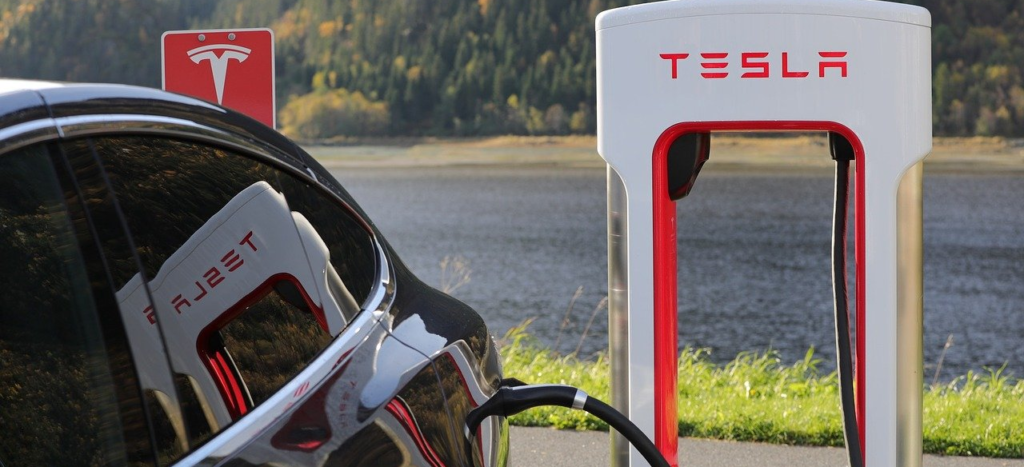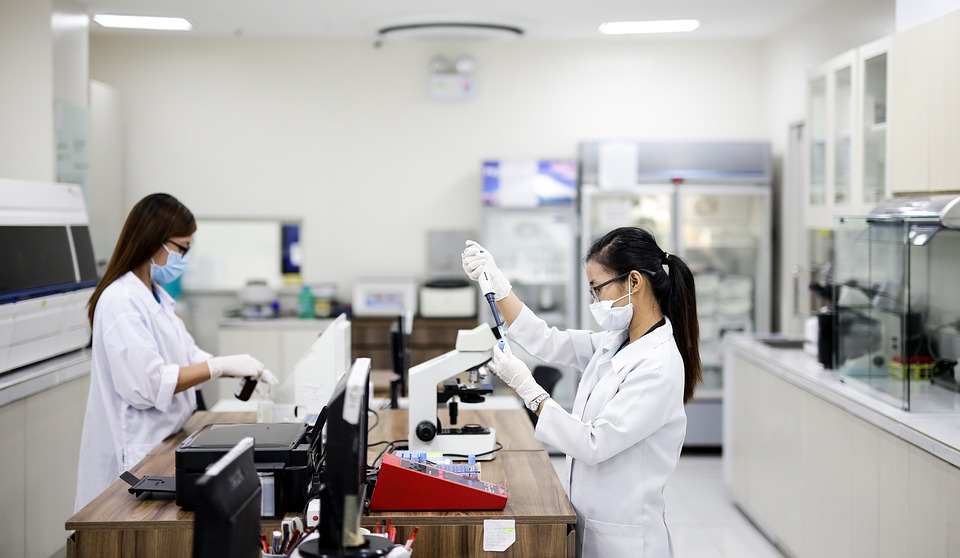Special Report Part 1: What’s Next for the Critical Minerals and the Energy Storage Sectors in 2020
When Alessandro Volta invented the first battery in 1800, it was so simple it was crude; a stack of zinc and silver discs separated by a cloth soaked in brine. When he connected a wire to both ends of the stack, Volta could produce a steady current of electricity that he could increase or decrease by changing with different types and amounts of metal.
When Alessandro Volta invented the first battery in 1800, it was so simple it was crude; a stack of zinc and silver discs separated by a cloth soaked in brine. When he connected a wire to both ends of the stack, Volta could produce a steady current of electricity that he could increase or decrease by changing with different types and amounts of metal.
Volta’s invention had all the same basic components batteries have today: electrochemical cells with positive and negative terminals that turn chemical energy into electrical current.
That Volta made way for innovations like the electric car and renewable energy storage would have been beyond his wildest imaginings.
Of course, batteries have come a long way since 1800. In the past two decades especially, there have been major improvements to their reliability, energy output, storage, and cost-effectiveness.
Today we have five basic types of modern rechargeable batteries. Of these, the lithium-ion battery garners the most attention for its futuristic applications.
The renewables revolution will be battery powered
Last year, renewable energy think tank REN21 released a report that since 2006, investment in renewable energy has consistently exceeded that of fossil fuels and nuclear power. This is compelling evidence that we’re on the way to a 100% renewable energy revolution.
As we transition to renewable energy and electric cars, we’ll need somewhere to store all the clean power and that means scaling up reliable and affordable battery technology that already exists.
The lithium-ion battery will play a leading role in all this. Used in electrical cars, this type of battery is likely to see a boom in the coming decade. By 2024, the lithium-ion market could be worth USD $77.4 billion.
That boom, however, relies on the mining of critical and rare earth minerals.
Critical minerals are like nutrients that a manufacturing economy needs to function. Some countries will pay top dollar for these minerals.
For countries that manufacture energy storage technology like Japan, South Korea, the EU, and the US, many of their critical minerals are those used to produce lithium-ion batteries.
- Lithium
One of these minerals is lithium. As electric cars are adopted by the mass market, the demand for lithium is expected to double by 2025. In 2017, battery-grade lithium was USD $9 100 per tonne. Today it’s USD $13 000 per tonne. The price is set to continue to rise with demand. The term lithium-ion battery is a bit deceiving. Only one component of these batteries actually contain lithium. There are three other critical minerals commonly used in lithium-ion batteries: graphite, cobalt, and nickel.
- Graphite
Lithium-ion batteries actually contain 40 times more graphite than they do lithium. The high-quality graphite that’s in demand costs between $1,150-1,750 per tonne. As the demand grows, prices will follow. At the moment, China supplies 80% of the world’s graphite. This makes countries like South Korea, Japan, the US, and the EU nervous. Their tech-driven economies rely on graphite imports from a country with which they all have their fair share of diplomatic tension.
- Cobalt
Cobalt is another important component of lithium-ion batteries, so of course, it is a critical mineral for the major tech economies. Cobalt is expected to reach $45,000 per tonne in 2021. While this may seem high, it’s likely to go much higher. Prior to the GFC, it was worth $110 000 per tonne. It’s expensive for a few reasons. First, cobalt can only be found in a handful of places around the world. While there are small deposits in countries like Australia, China, and Canada, more than half comes from the Democratic Republic of Congo (DRC). This country has a track record for human rights abuses, particularly around child labour in cobalt mining.Tech companies that use cobalt from DRC cop public backlash so market leaders like Tesla are determined on buying their cobalt from more ethical sources, even if it comes at a premium price.
- Copper and nickel
Copper is another key component of energy storage technology and electric cars in short supply due to years of underinvestment. Electric cars use twice the copper that internal combustion engines do. Companies like Freeport-McMoRan Inc are now feverishly expanding their copper mines through the US and Indonesia to keep up with demand.While nickel has historically been bought up by economies that produce low-quality stainless steel, the market seems to be shifting. Lithium-ion battery manufacturers are now using eight times the amount of nickel as they are for other minerals like cobalt.Although it’s not on many critical mineral lists, trends suggest that nickel could become more in demand during the battery boom. Since the GFC, there has been little exploration and development of new sources of nickel. While nickel is currently $12 000 per tonne, this price is likely to go up as the supply chain depletes and companies rush to find new nickel deposits.
- Rare earth elements
Of the 17 rare earth elements, dysprosium is one of the most in-demand. It’s critical for magnets in electric cars and wind turbines. Dysprosium hit its record price in 2011 at $2262 per kilogram. Today, it sits around $235 per kilogram. It’s likely to come along for the energy storage boom too due to its critical status.A staggering 99% of the world’s dysprosium is produced in China. Such a lack of competition is never good news so tech-based economies, especially the US, are desperate to secure a supply from literally anywhere else.

Tesla is gearing up for critical mineral shortages
Due to years of a sluggish economy, the 2010s saw underinvestment in mining. As a result, Tesla expects shortages of minerals critical to electric vehicle manufacturers in the 2020s.
Last year, Tesla, the world’s largest electric car producer, sold 367 000 vehicles, 50% more than the previous year.
There is already an extensive list of countries that have committed to abolishing combustion engines such as the UK and France who will do so by 2040. Ireland, Israel, India, and the Netherlands will ban the sale of new conventional cars by 2030.
The International Energy Agency predicts that electric cars will reach mass-market adoption in the next 10 to 20 years. By 2025, the total number of electric cars on the road could reach 70 million. Factoring things like economies of scale and mass production plans for electrical vehicles from Audi, BMW, Ford, Daimler, GM, and Toyota, by 2030, electric cars could well outsell conventional ones.
Whenever electric cars take over, the electric vehicle revolution might see a mining boom for critical minerals used in engine components and lithium-ion batteries.
Next week, we will explore the battery revolution and how lithium powered batteries are about to become one of the most important sources of energy, and the role Australia is playing in the energy storage revolution.
Sources:
- Energy Storage Association: BATTERIES
- Achieving the Paris Climate Agreement Goals pp 437-457: Requirements for Minerals and Metals for 100% Renewable Scenarios
- Reuters: Exclusive: Tesla expects global shortage of electric vehicle battery minerals – sources
- Reuters: MINOR METALS-Glencore’s plans trigger cobalt price rally to six-month high
- Smallcaps.com.au: Which metals will benefit from the coming lithium-ion battery boom?
- McKinsey & Company: The new economics of energy storage
- TheBull.com.au: The Metal Trump Wants More Than Gold
- ProactiveInvestors.co.uk: Discussing the outlook for rare earths with Roskill’s David Merriman
- Bloomberg: Wall Street Is Falling Out of Love With a Once-Coveted Fossil Fuel
- Bloomberg: Hong Kong Brothers Take on Tesla With $195,000 Electric Supercar
- Stockhead.com.au: Australia reckons it can become an ‘international powerhouse’ in critical minerals
- Stockhead.com.au: ‘Insatiable global demand’ for critical minerals leads Australia to up its game
- Stockhead.com.au: Analysts say energy storage is already taking off — and its going to be a $546bn market
- Stochead.com.au: Energy storage sparks up in WA with another Tesla battery rolled out
- Australian Mining: Australia launches critical minerals office
- thefinancialbroker.com: Global Rare Earth Metals Market 2020: Business Overview, Suppliers, Competitors, Revenue and Forecast 2025
- REN21 Renewables Now: Global Status Report
General Advice Warning
Any advice provided by Reach Markets including on its website and by its representatives is general advice only and does not consider your objectives, financial situation or needs, and you should consider whether it is appropriate for you. This might mean that you need to seek personal advice from a representative authorised to provide personal advice. If you are thinking about acquiring a financial product, you should consider our Financial Services Guide (FSG) including the Privacy Statement and any relevant Product Disclosure Statement or Prospectus (if one is available) to understand the features, risks and returns associated with the investment.
Please click here to read our full warning.




